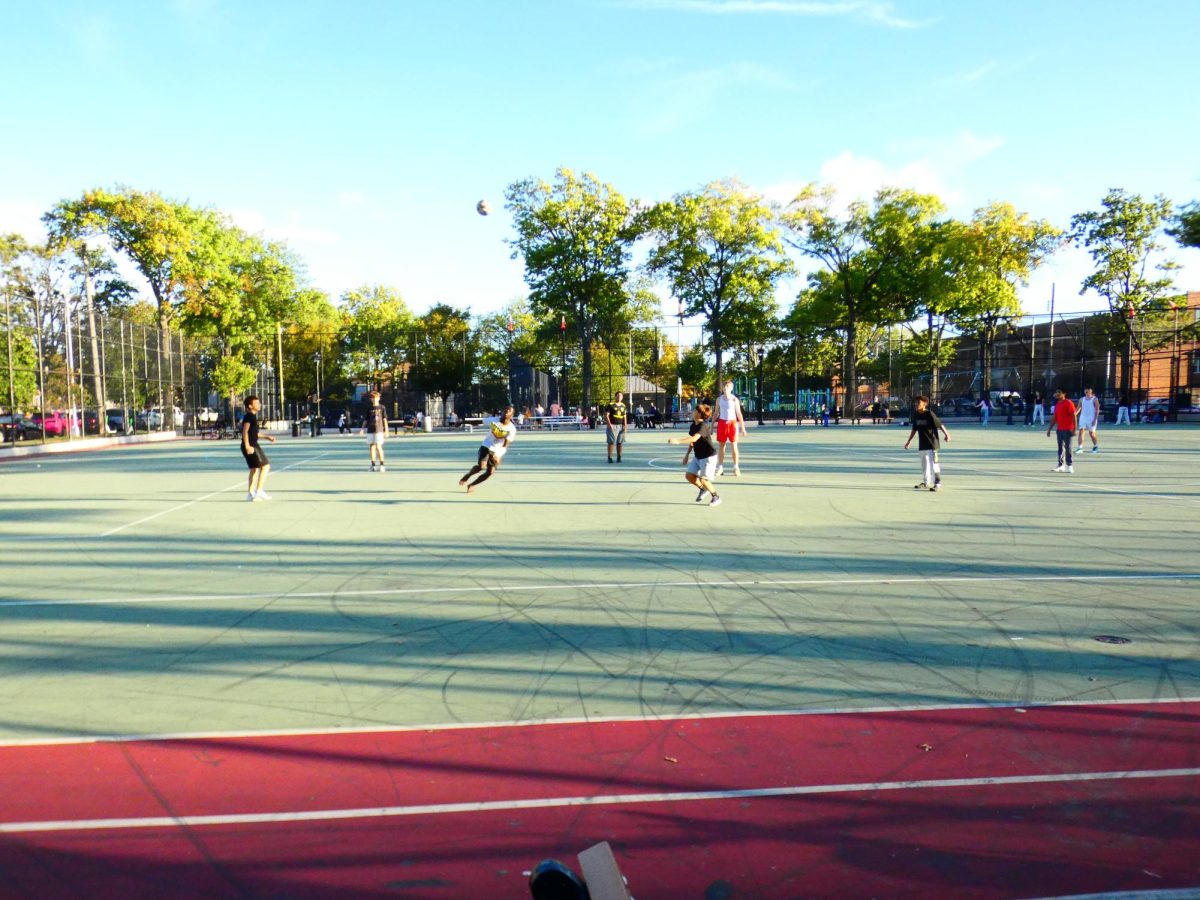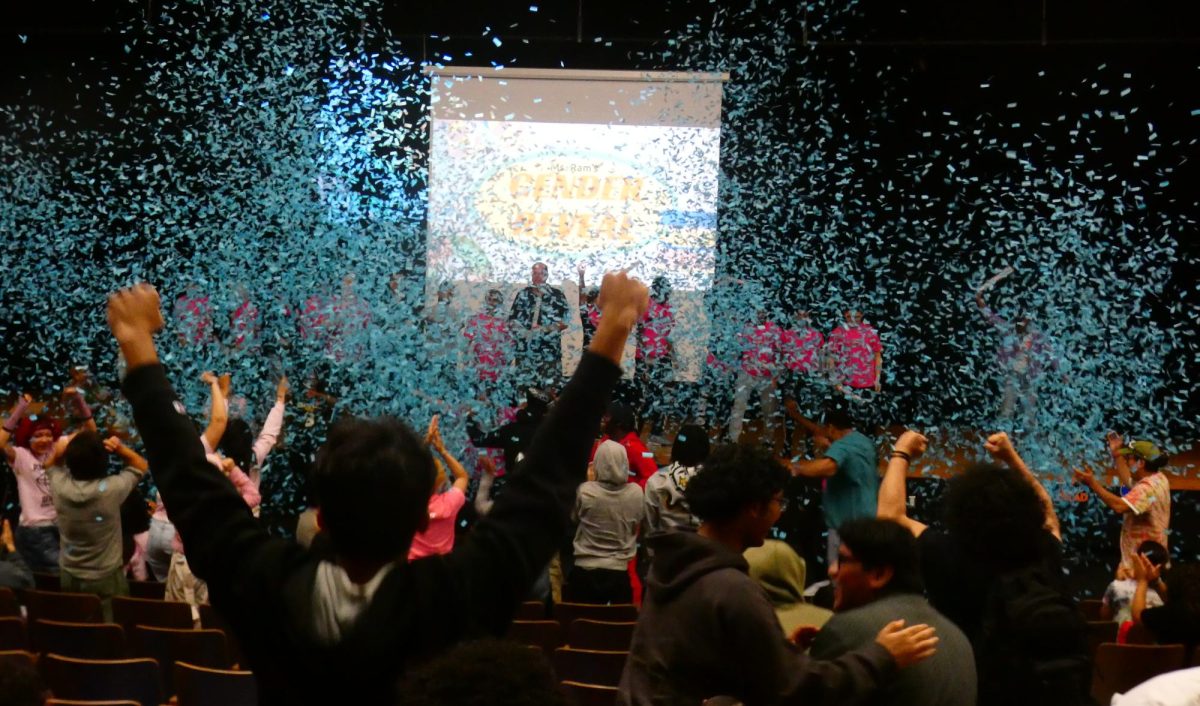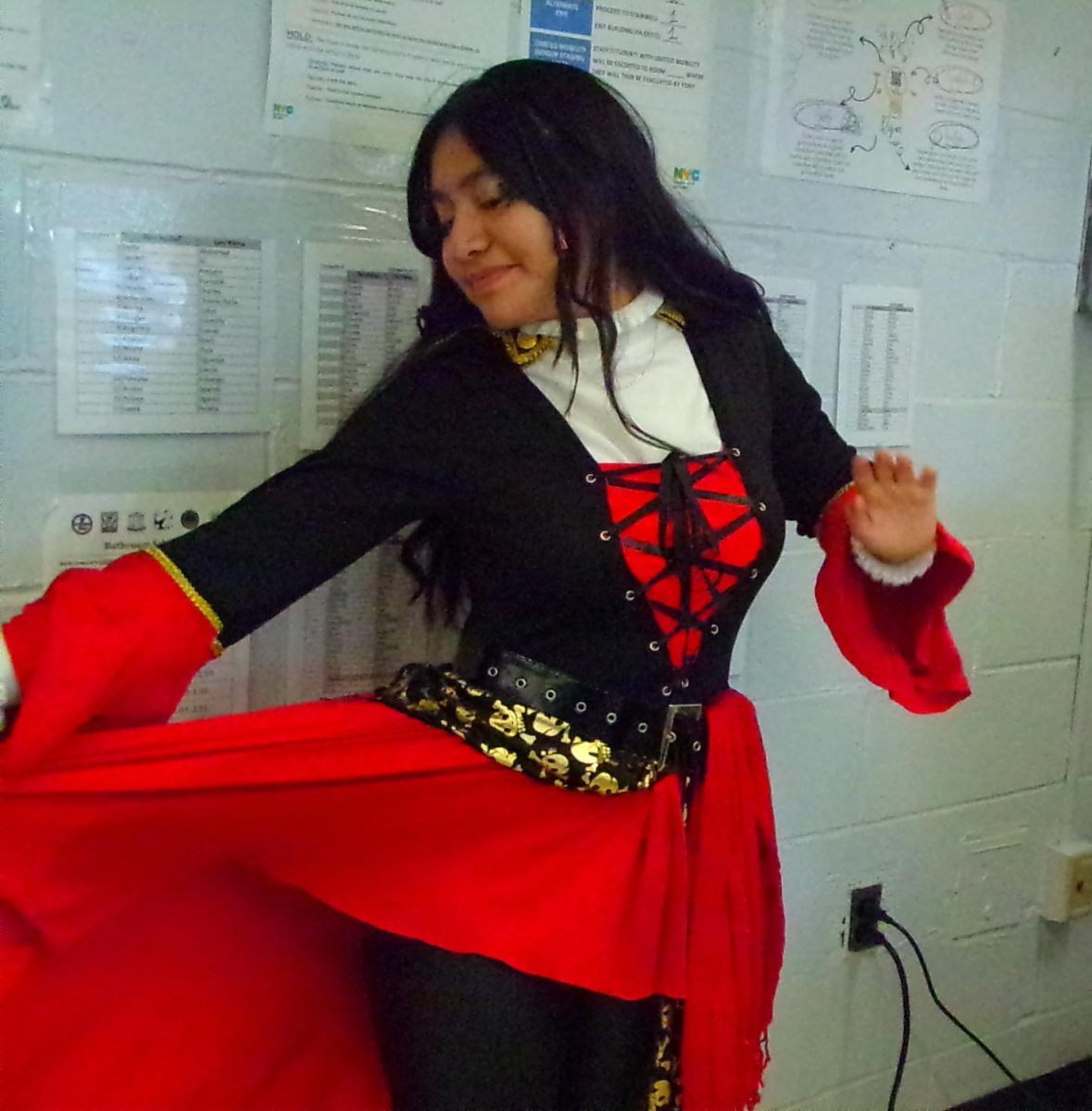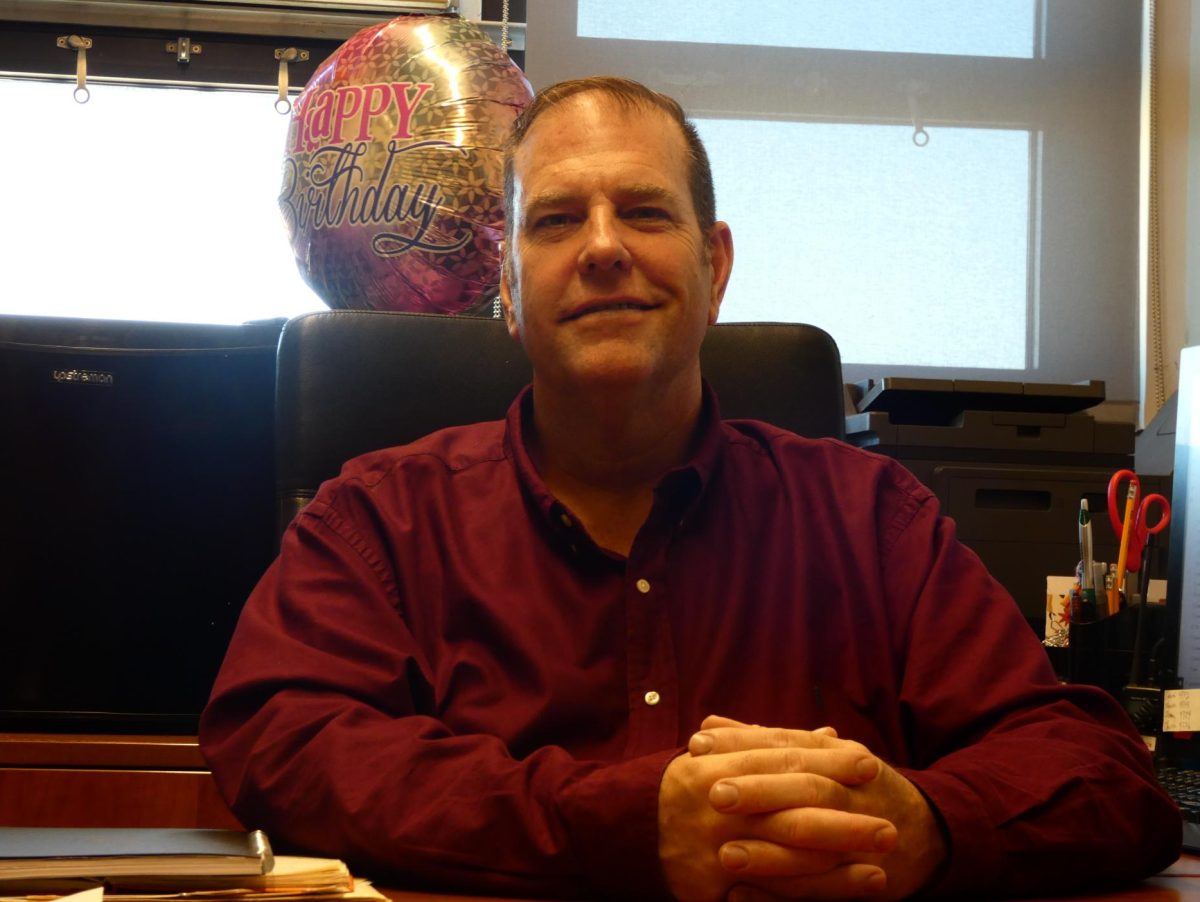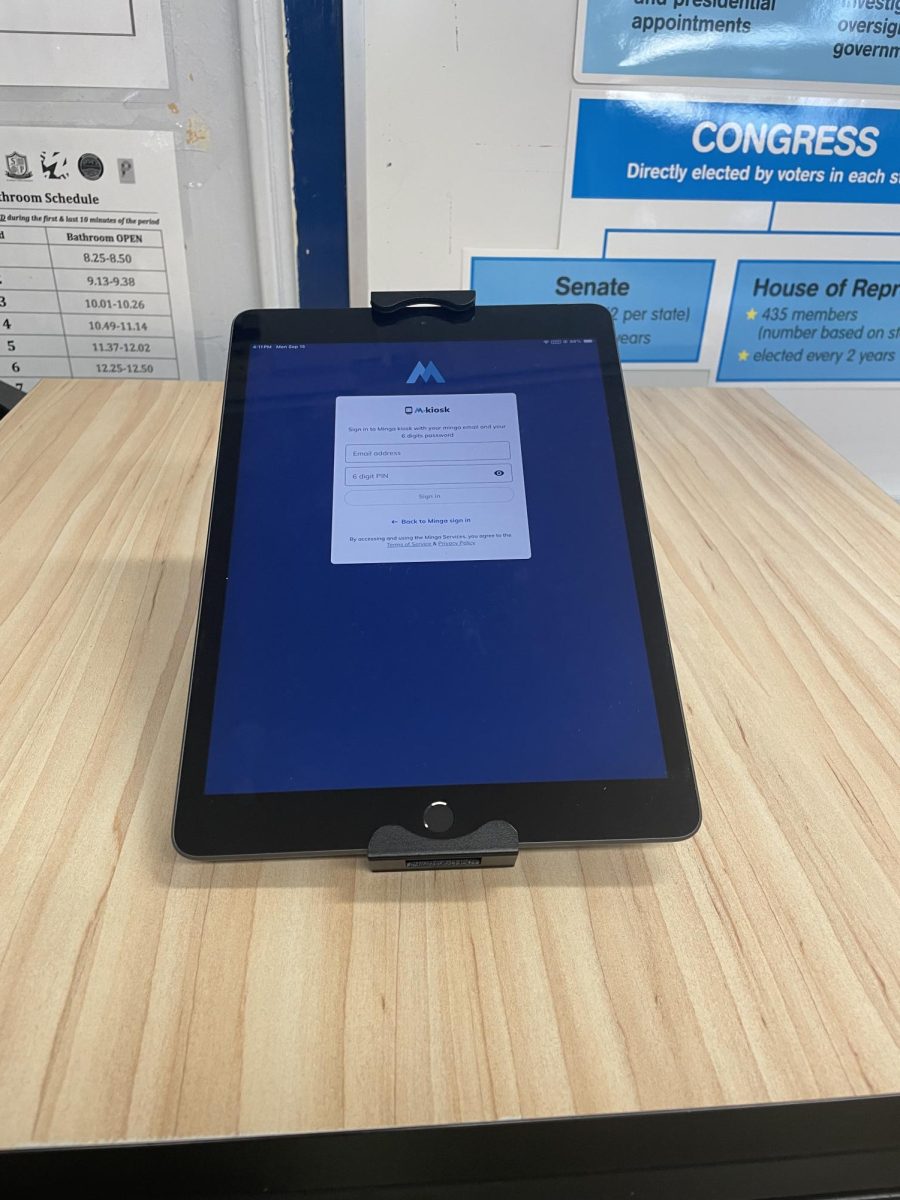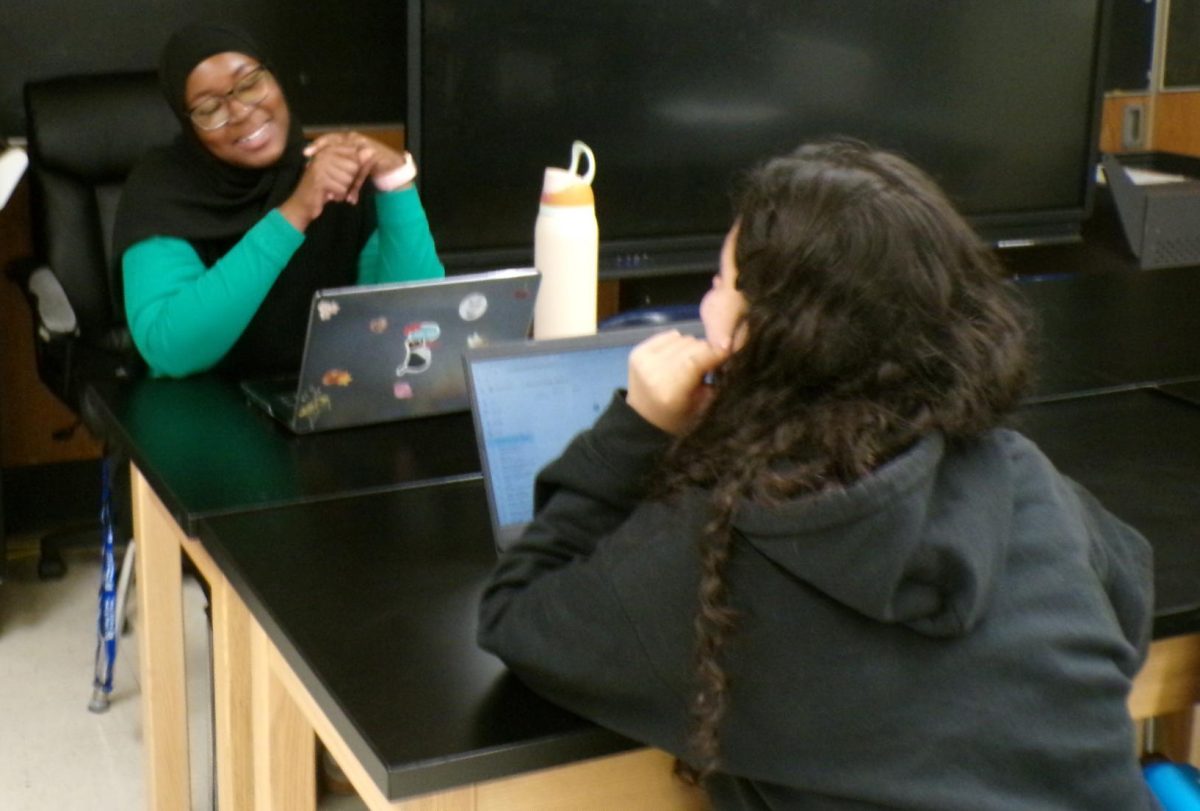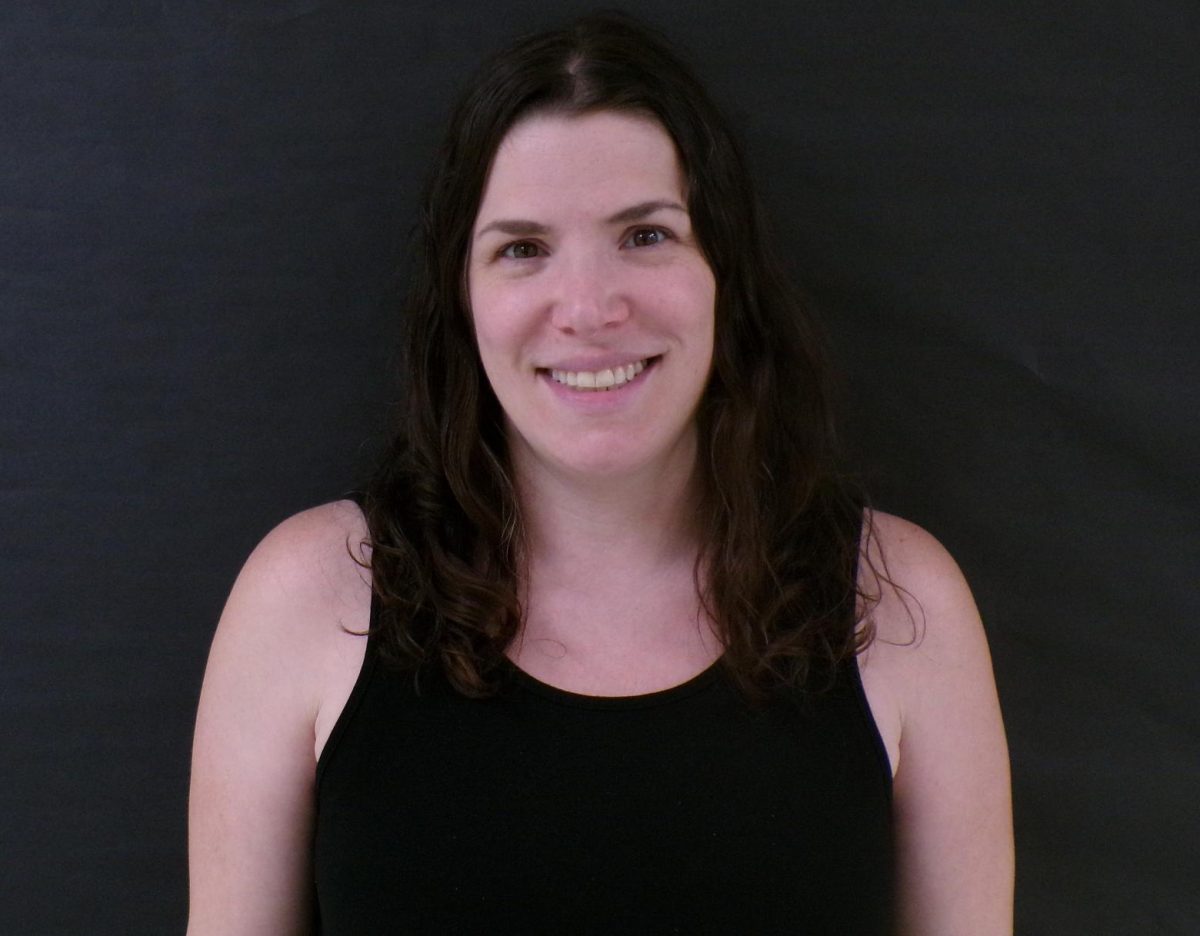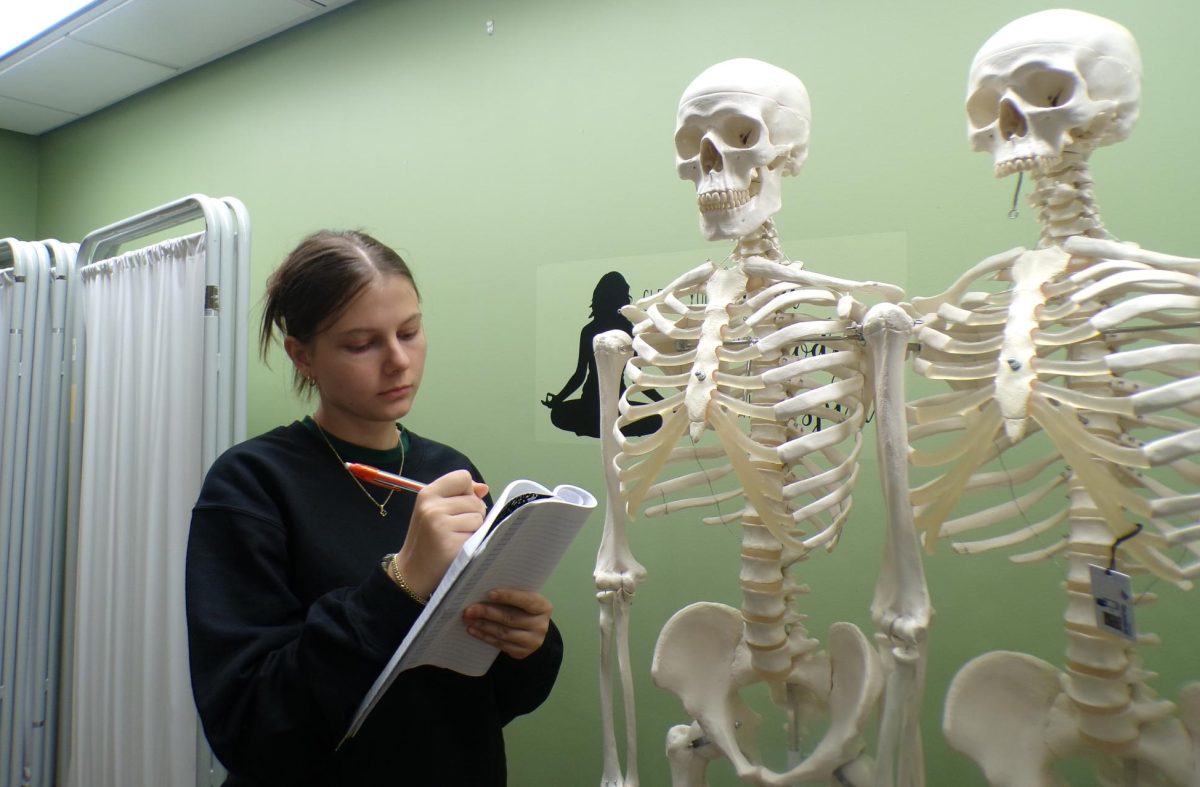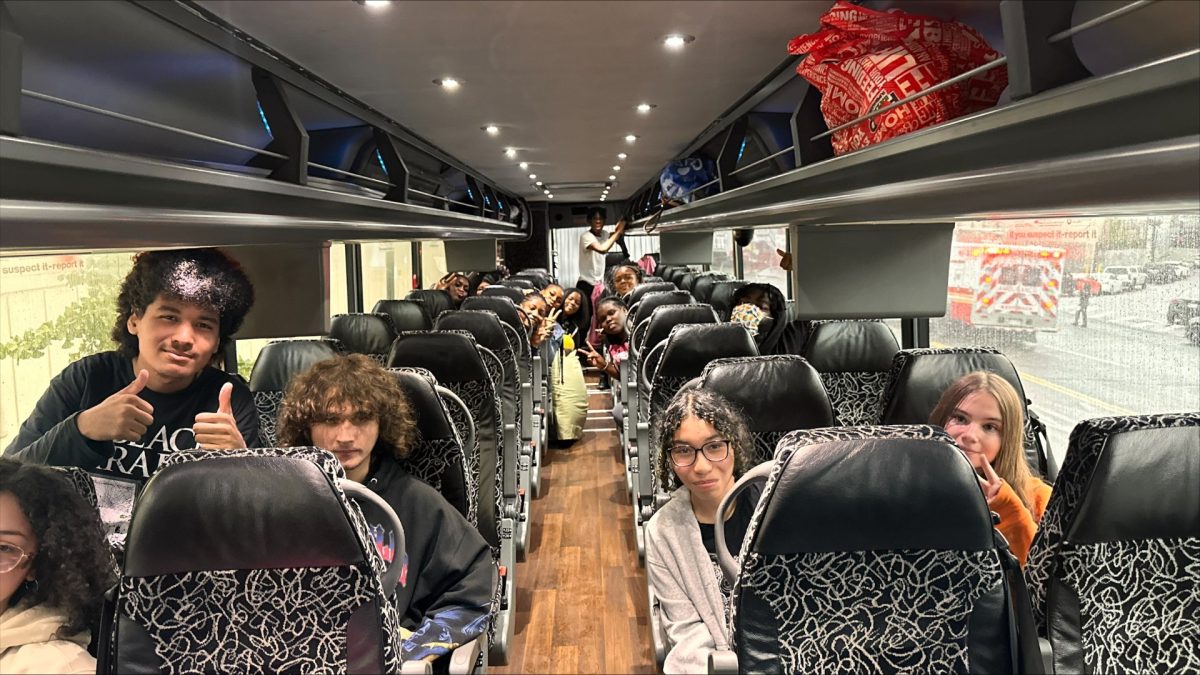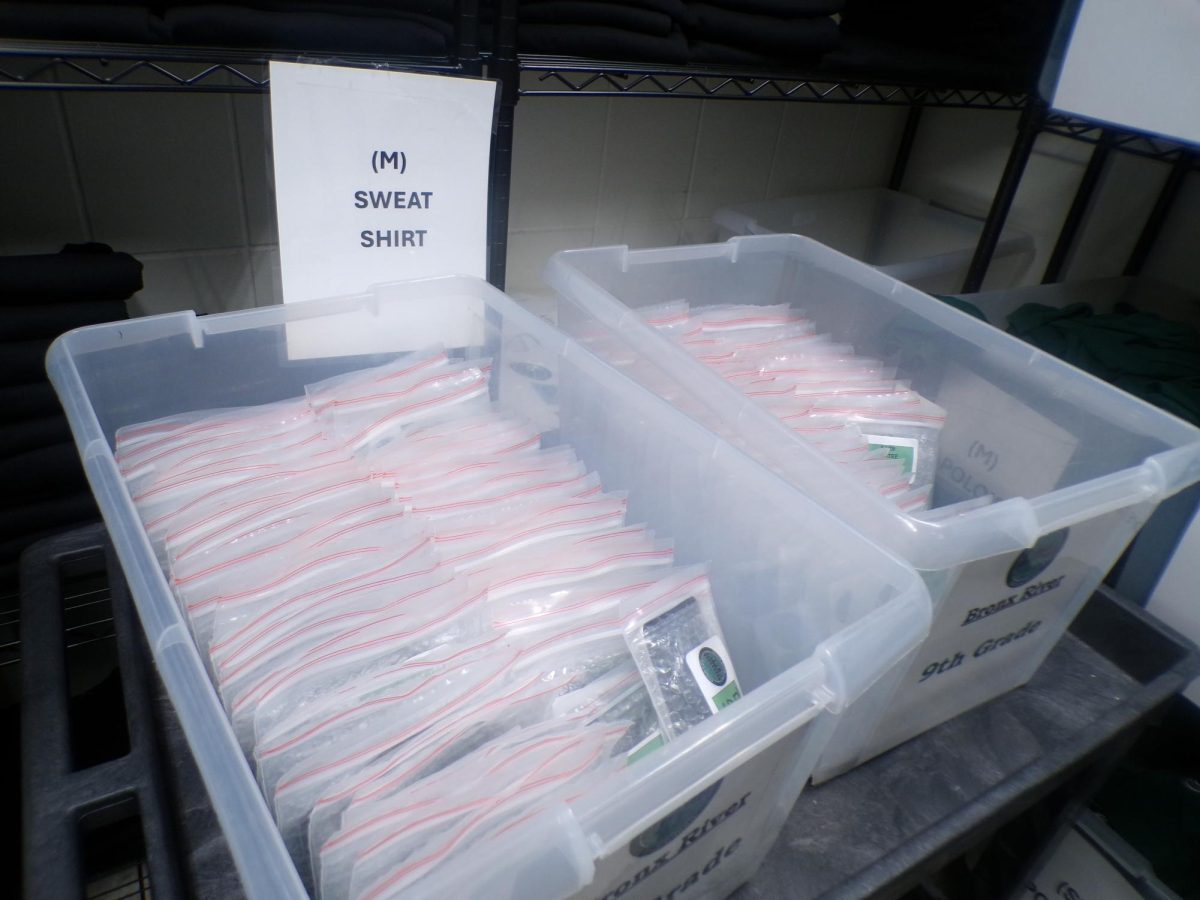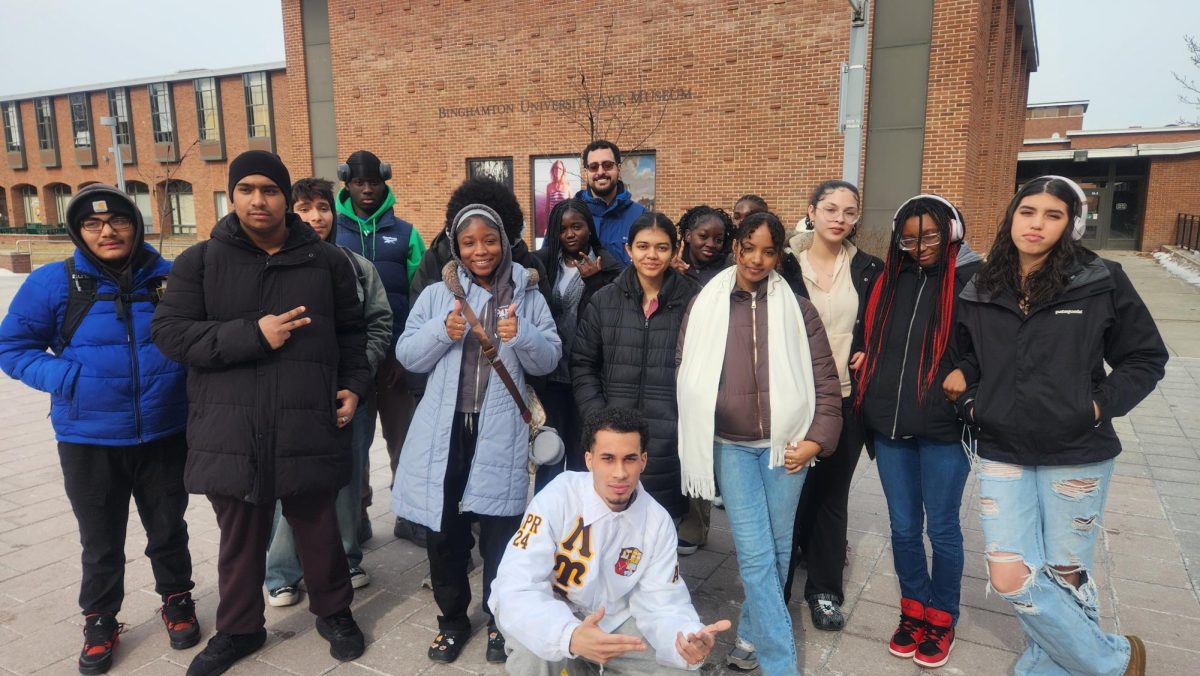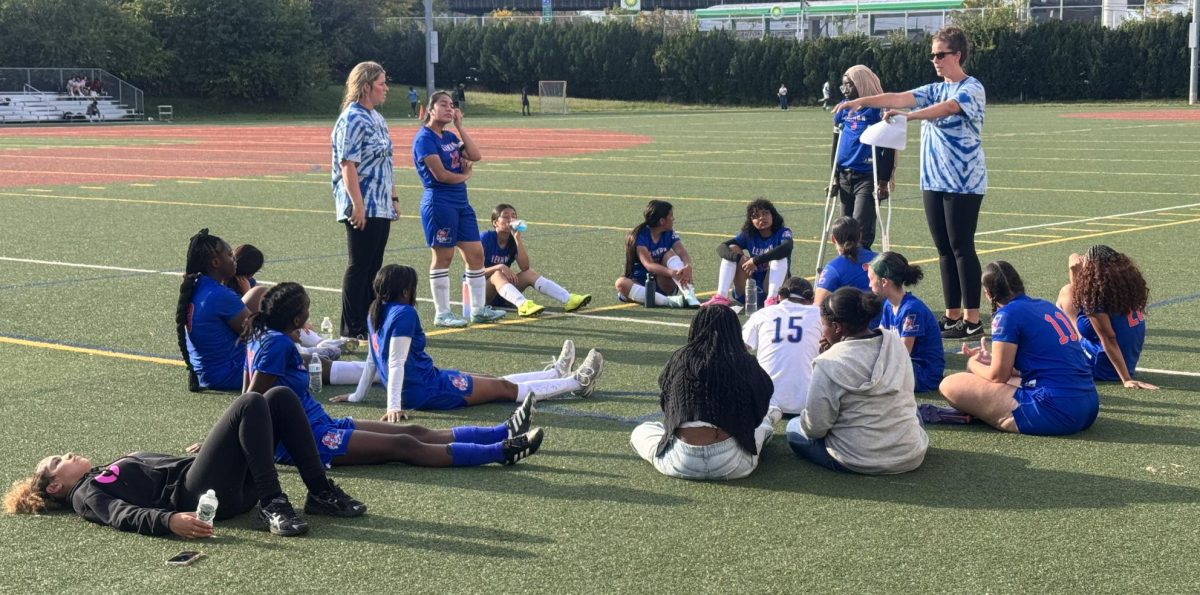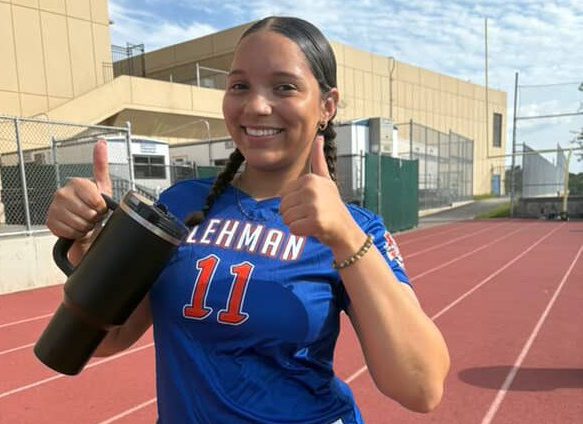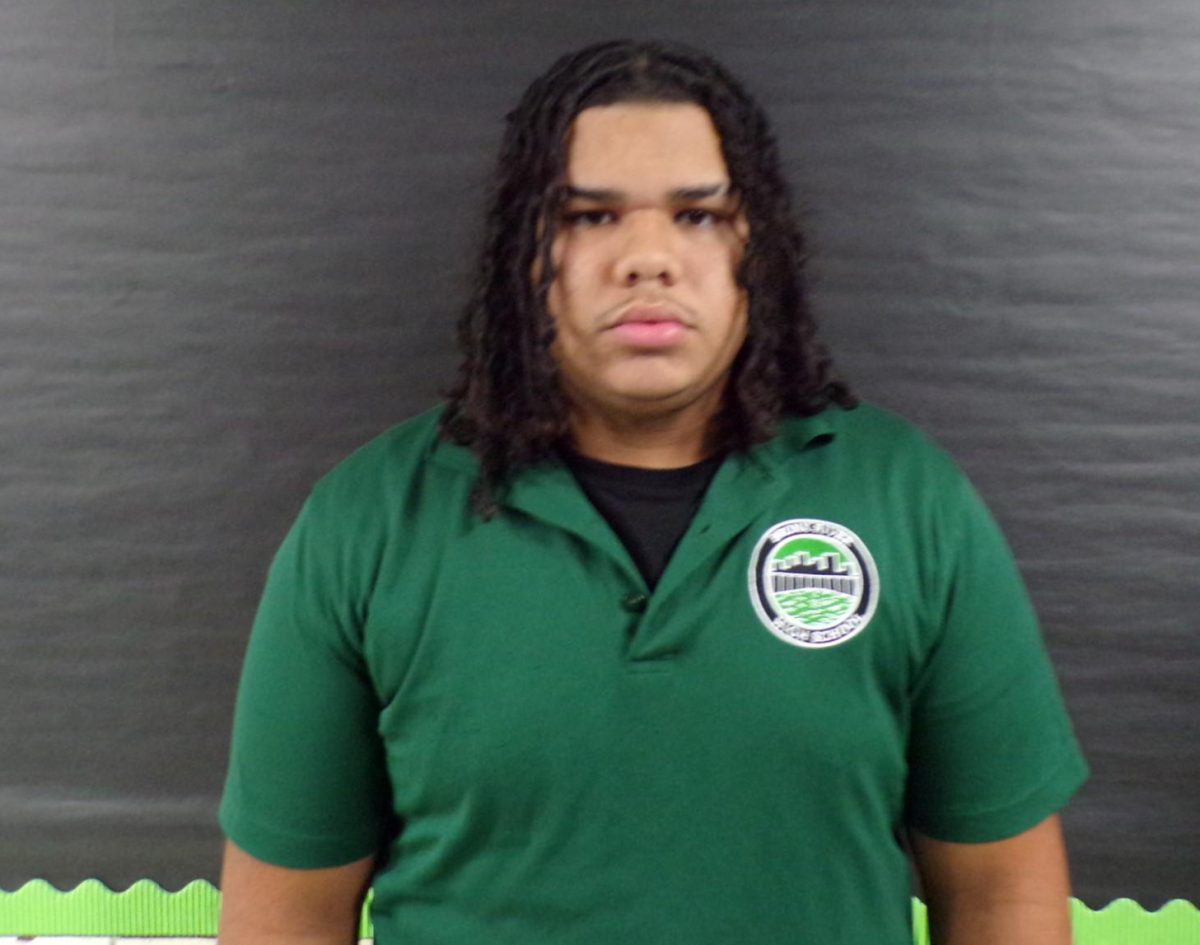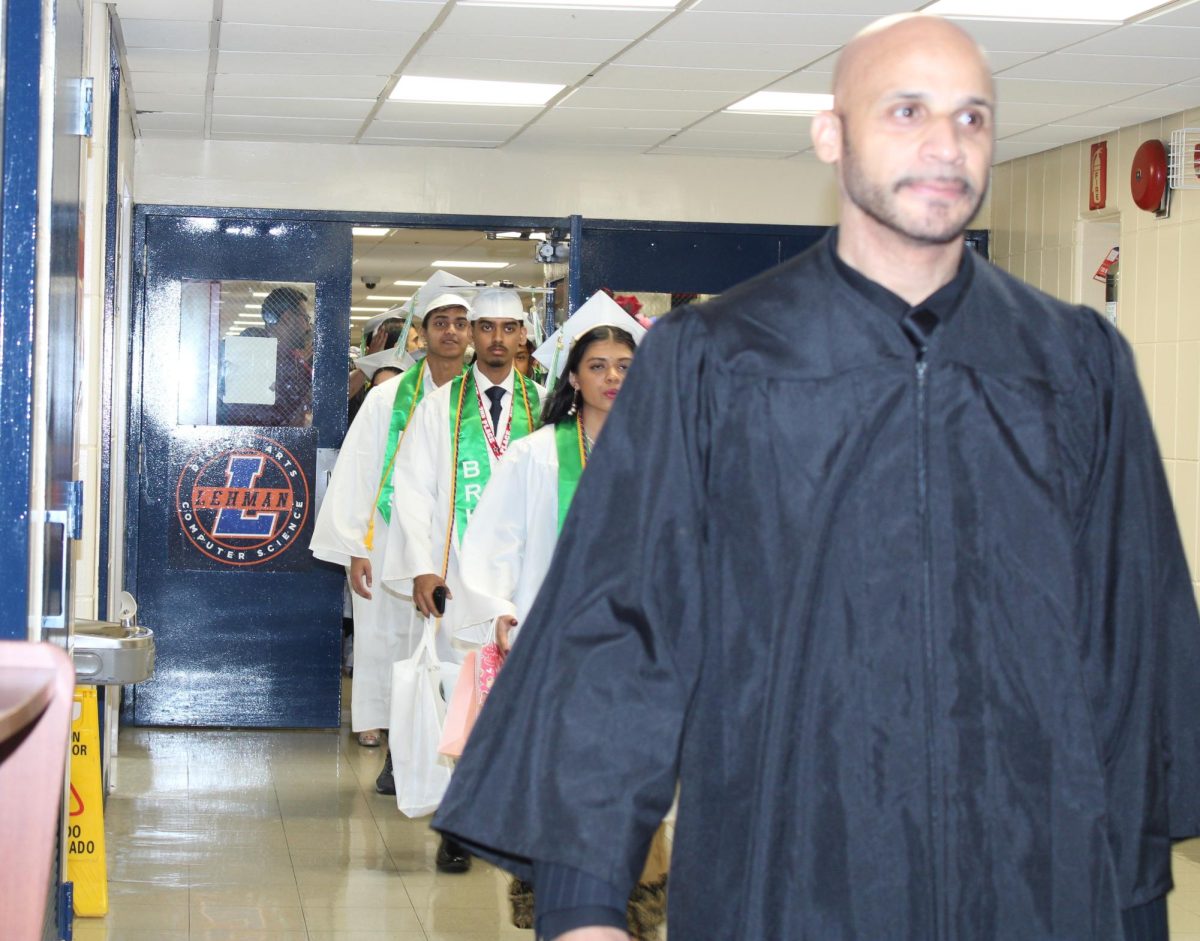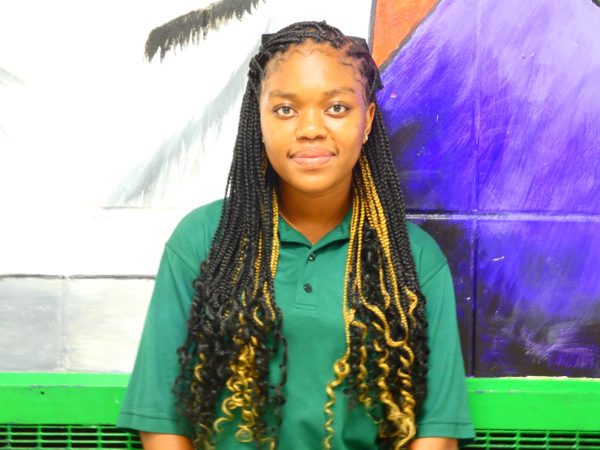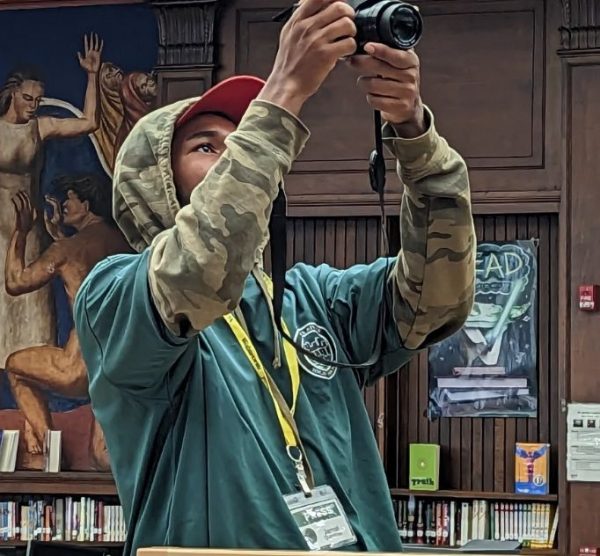Guess what’s trending again?
Remote learning is back this school year with Bronx River adopting hybrid schedules to balance mobility and accountability for students and teachers. The school first introduced the remote learning option in the spring of 2025. It will return in November.
“It was beneficial to students and teachers,” said Starr Giscombe, an assistant principal who worked to improve the remote plan’s structure. “I can say the numbers are better this year,’’ she said. “We made a better schedule than last year.’’
Just like last year, students can opt in – or out – of remote learning. The first remote date will be on Monday, Nov. 10, a day before Veteran’s Day, which is a school holiday. The next remote day will be on Dec. 12, which will also mark the last remote instructional day of 2025.
In 2026, virtual learning will be offered on Jan. 9, Feb. 6, Mar. 6, March. 27, April 24, May 8, May 15 and May 26. Some remote days align with holidays, including Memorial Day on May 25 and Eid al-Adha on May 27.
Last year, about 69 percent of students opted in for remote learning, said assistant principal Tene Kelly. The seniors had the highest participation rate while the freshmen class had the most students attending in person. This year she expects participation to increase for all grades as more students and parents will be familar with the concept.
Joseph Shinn, a physical education teacher, is looking foward to the remote days. “I love it,” he said. “It’s a form of comfortability, even for people who lack social skills. It’s more like a break, a refresher.”
Mr. Shinn said that he used Remote Days to teach classes that were not his own, such as financial literacy and Spanish. He called the program “a great addition to the school.” However, he admitted that student participation was sometimes a problem. “Students were not responsive enough,” he said.
Daniel Butler, the senior English teacher, used breakout rooms to assign tasks and checked in regularly to help students. “Students were given a task and had to complete it,” he said.
He found covering in-person classes challenging last year because students didn’t always know what to do when the came in but is confident a solution will be found. “When something doesn’t work, we’ll try again to make it work,” he said.
To ensure smooth scheduling, schools have divided students into cohorts. Teachers are assigned to periods to maintain uninterrupted instruction. The school has made sure that schedules flow and that teachers are present for every period, whether online or in person.
“Hybrid has significant quality because it keeps students accountable,’’ said Ms. Giscombe.
She explained that there’s no hiding behind a screen. They have to do their work because teachers can confront them about it, the next day or the next week when they’re in school.
The hybrid model also encourages students to utilize technology. Platforms like Google Drive, Padlet, Canva, and spreadsheets are now integral to their education. “Students are learning how to use these tools consistently and effectively,” she said. “These skills will be valuable for them in the future.”


